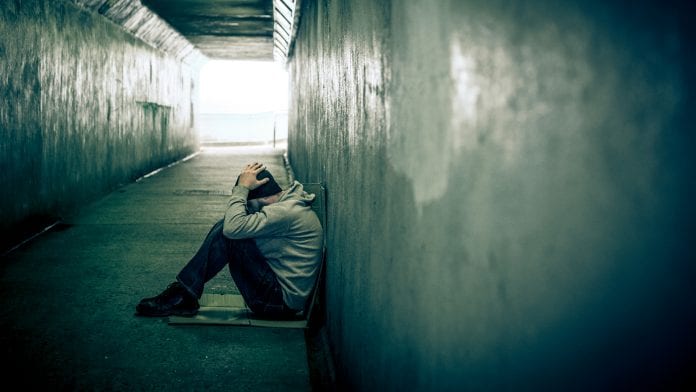
Opioid-related social isolation is one of the most challenging aspects of the US opioid crisis, however researchers may have cracked the code to help solve this issue.
Researchers from Arizona State University, USA, have identified a region in the brain that may be responsible for opioid-related social isolation, and their work suggests that activating this specific region could at least partially revive the urge to socialise among opioid addicts.
What do you know about Opioid drugs?
Focusing on a brain area called the insula, which has previously been shown to play a role in social, addictive, and empathy-related behaviours, the research team, led by M. Foster Olive, studied rats – who like humans are social and enjoy interacting.
The researchers paired male rats together and tested the opioid-related social isolation. By randomly assigning one of each pair to be trapped in a plastic tube in a cage. The other rat in the pair could easily release the trapped animal by pushing on a door. Once a day for three weeks, the rescuer rat had an opportunity to release his trapped cage-mate, and most chose to do so.
The researchers then infused the rescuer rats with a virus that targeted cells in the insula and delivered one of three specialized proteins: a protein that stimulated the cells of the insula; one that suppressed those cells’ activity; and one was inactive and served as a control. Then they allowed all groups to self-administer heroin because, similar to humans, rats can become addicted to opioids and will self-administer if given the opportunity.
Finally, the rescuer rats were given a choice between freeing their cage-mates or administering themselves a dose of heroin. Rats given the virus suppressing the activity of cells in the insula, and those in the control group, more often chose heroin over rescuing. But rats infused with the virus that activated the cells started to rescue their friends again; the rescuing behaviour recovered by roughly 30%.
The results suggest that the insula plays a role in opioid-related social isolation, and also essentially demonstrates the antisocial effects of opioid addiction. Therefore, these findings may possibly lead to clinical applications, perhaps an adjunct treatment for opioid addiction in humans and ways of overcoming the mental health that arises with substance abuse.
“A good social network is critical for recovery,” explains Olive.
“If we can stimulate this area of the brain in humans, you might get people to find social interactions more rewarding again. It would be a way to help jumpstart the recovery process. It’s not a cure, it’s just a crutch to help get back on track and give people a better shot a recovery.”

























